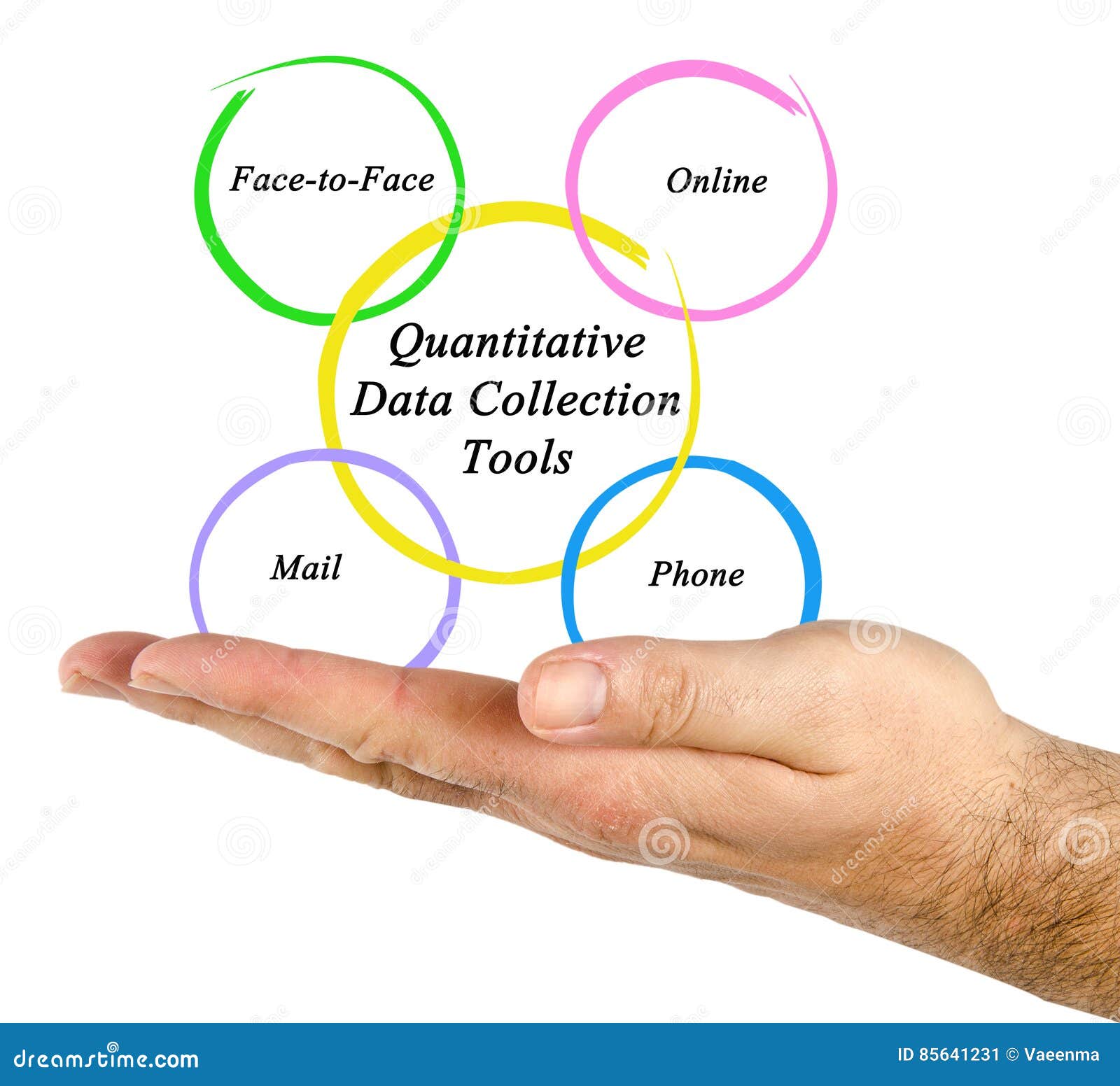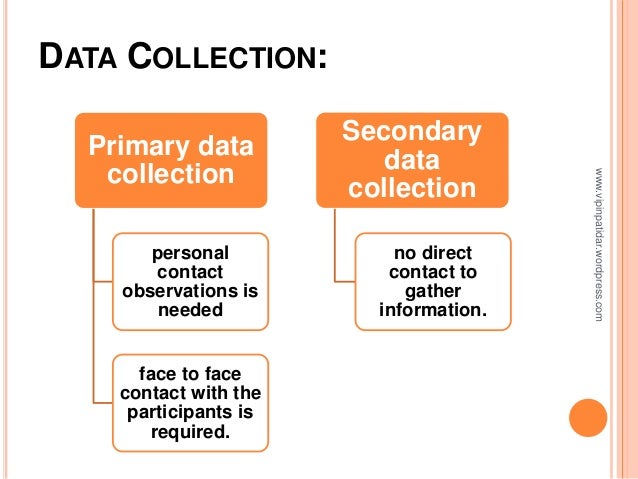


One crucial distinction between different research projects is the time frame. Thus the mobile survey platform of choice should be flexible enough to be used for a range of different data, as well as in potentially disconnected areas. When looking into data gathering tools for research, it is essential to acknowledge that projects differ in their design and purpose. Case Management vs Cross-sectional data collection We also suggest you read our guide on the best practices for offline data collection for an in-depth view on how to successfully capture in remote areas. With this article, we hope to answer the question of which of these options may suit your research purposes best. Offline forms allow researchers that are working in places with unreliable internet to store a backup of their data on their mobile device and upload it once an internet connection is available.Īs researchers today see the immense advantages of using mobile survey apps over paper-based forms, the number of data collection solutions grows.

One of the main advantages of data collections apps is the possibility of gathering data offline or while on-the-go. Capturing data offlineĭata collection apps are mobile applications that make it possible to collect data from a smartphone, tablet or iPad. Although smartphone adoption in the world has skyrocketed in the last five years, internet access has not increased at the same speed, and so much of the world today remains offline. This is due to a simple reason: web-based data recording tools become useless when there is no internet. This innovation was the big bang of the paper-less movement.ĭespite the advances in web-based data entry systems, historically field researchers and clinical teams working on the go have still suffered from the burden of paper-based data gathering. With the turn of the century came the cloud, which expanded any web browser into a platform to visualise and complete forms. The first of these systems to become widely adopted where Microsoft Access and MySQL. Data collection software was first introduced in the early 1980s (Hyde, 1998) to address the many shortcomings of paper-based forms, such as increased errors through transcription and late detection of inaccuracies. The benefits of using data collection systems is that they eliminate the use of paper surveys and allow data to be quickly exported for data analysis and reporting. Data collection software is a computerised system for the collection and storage of qualitative and quantitative data in an electronic form.


 0 kommentar(er)
0 kommentar(er)
